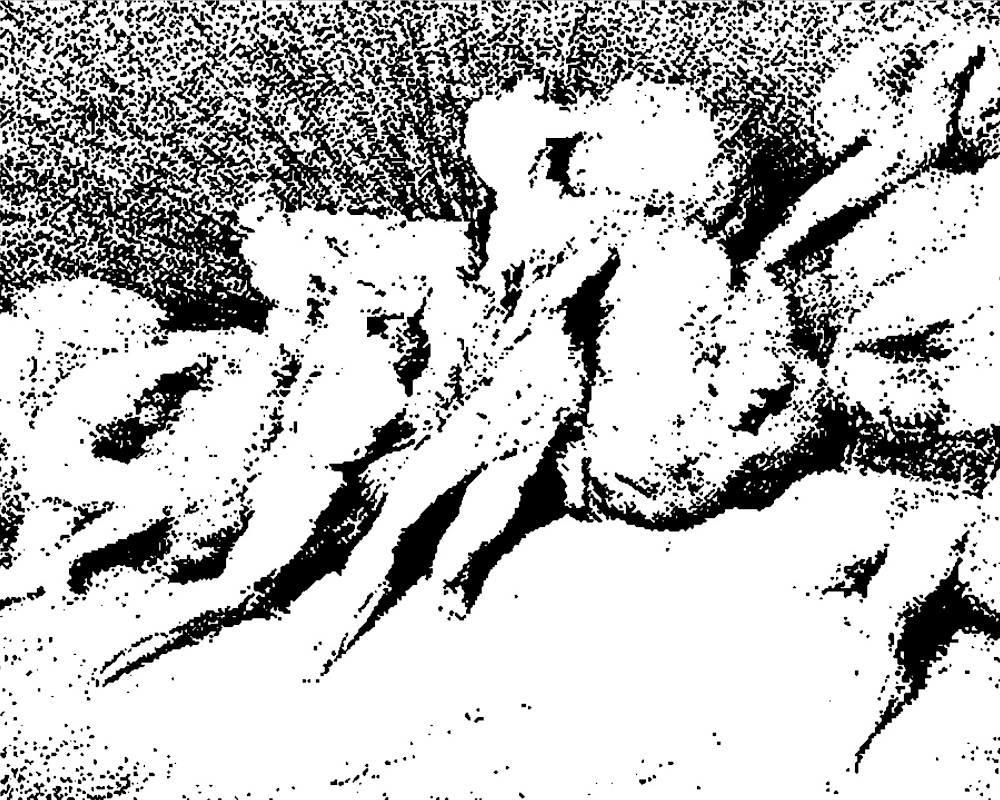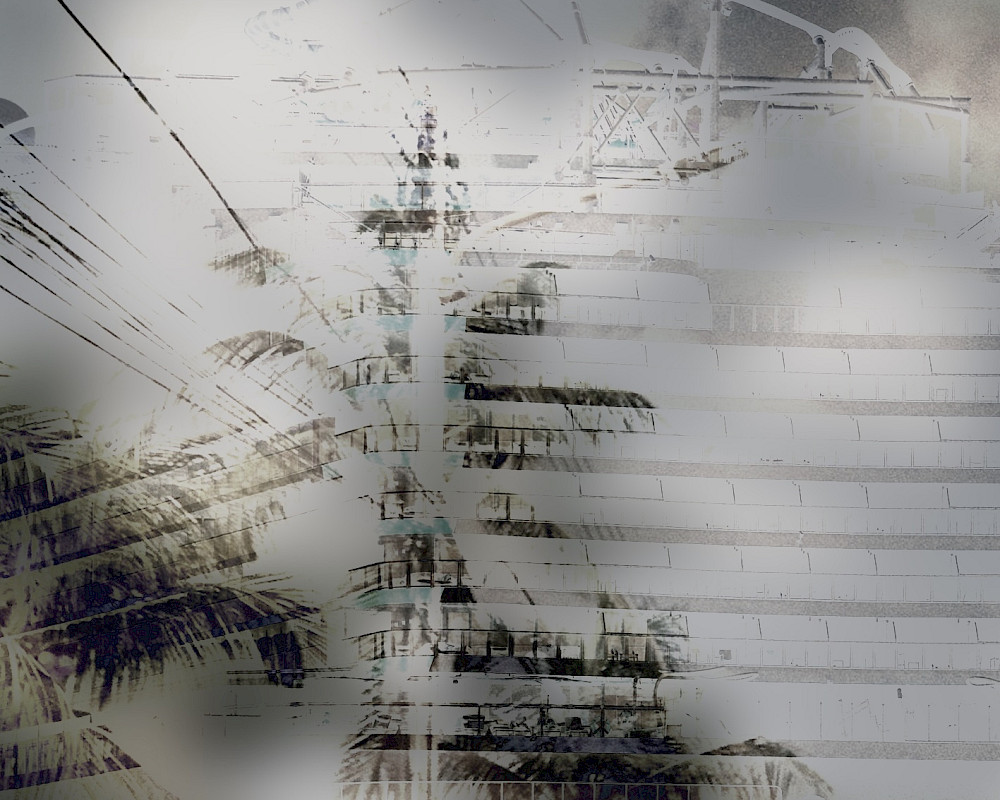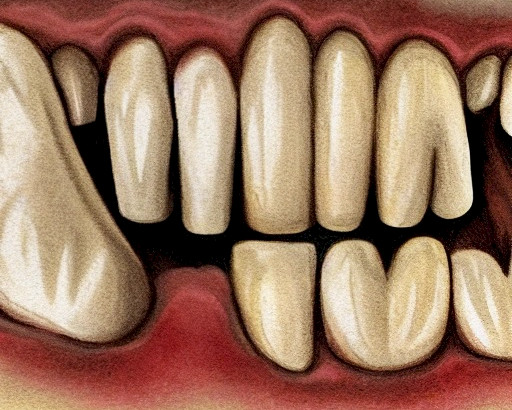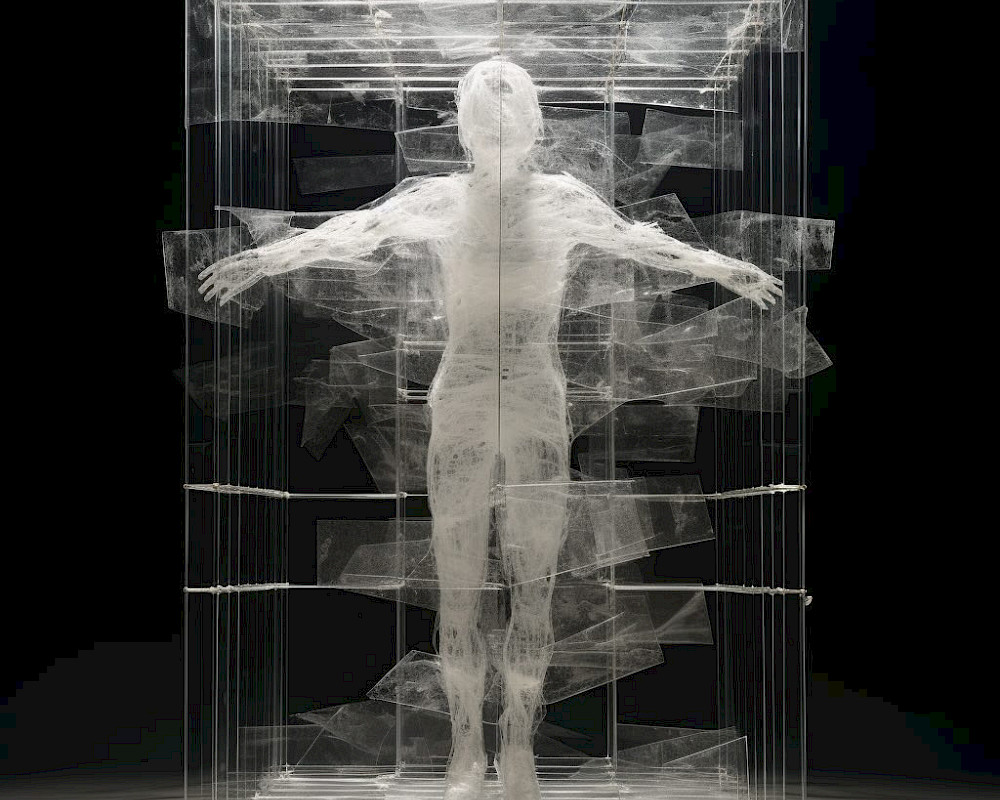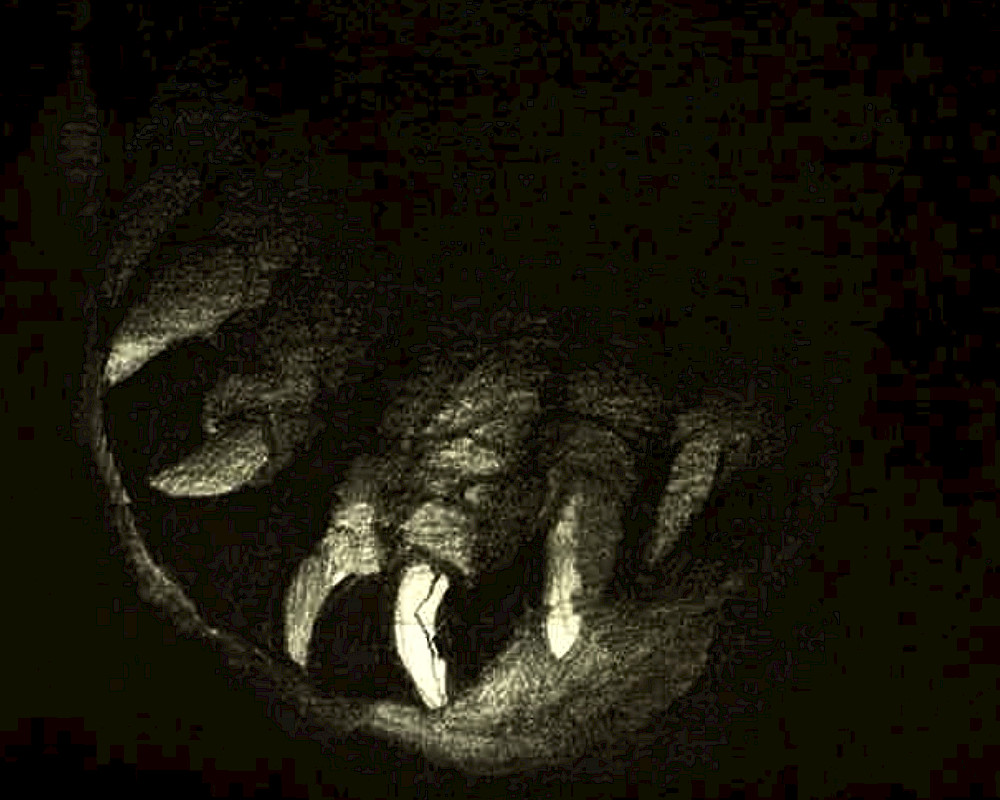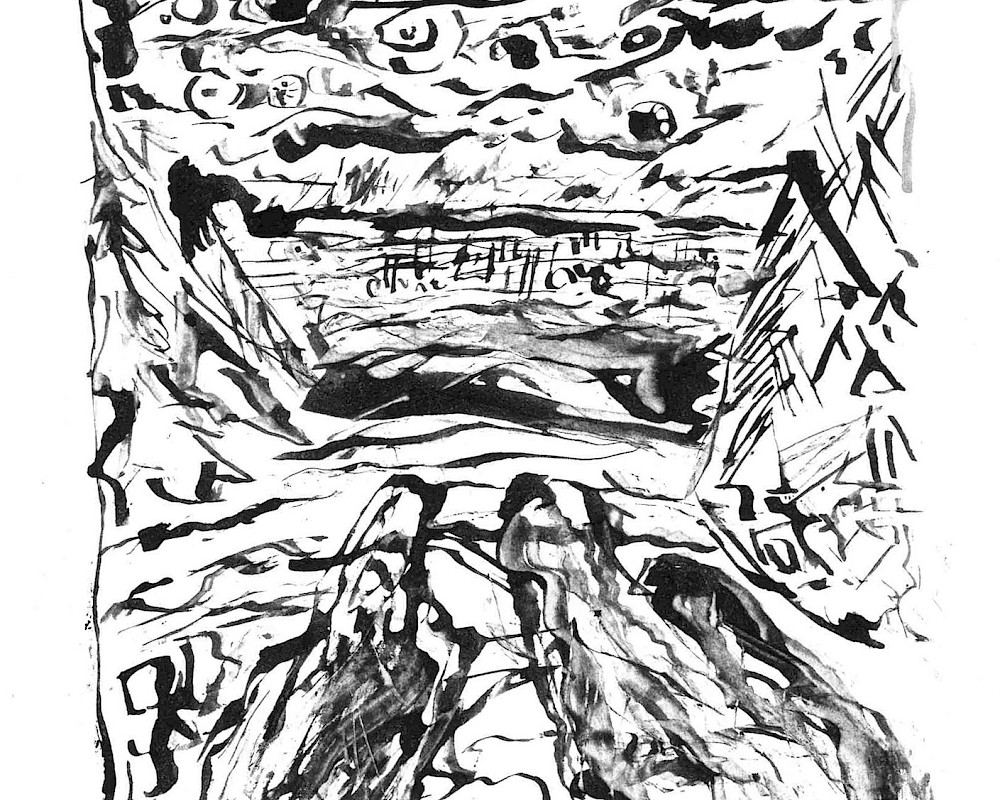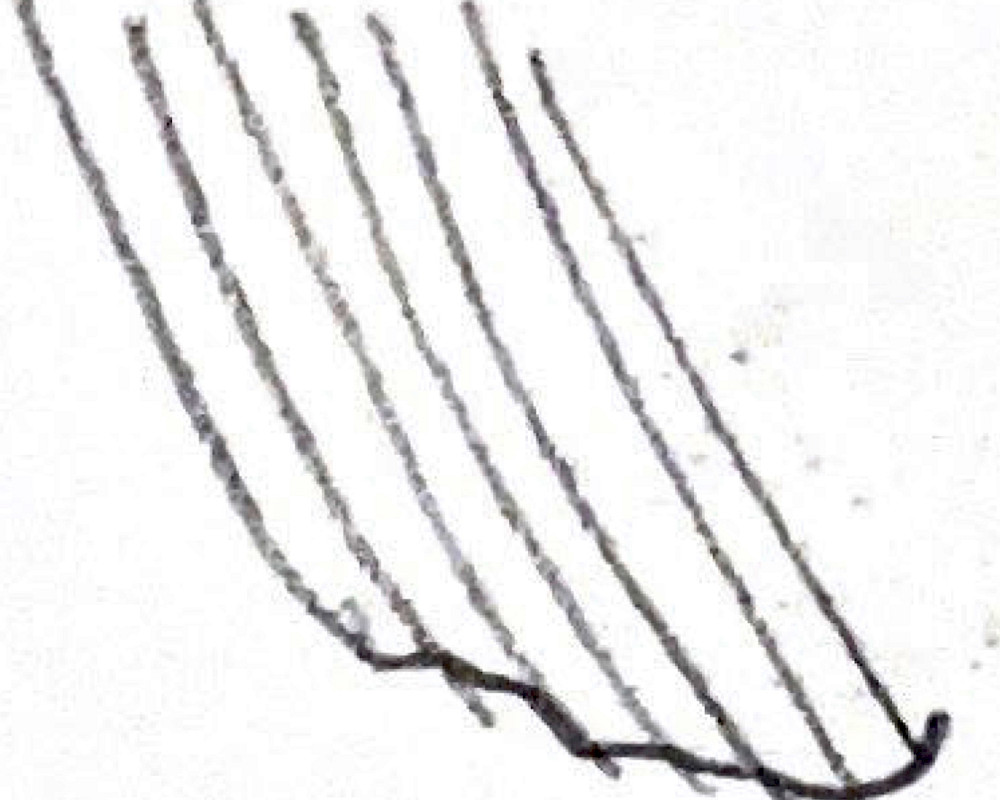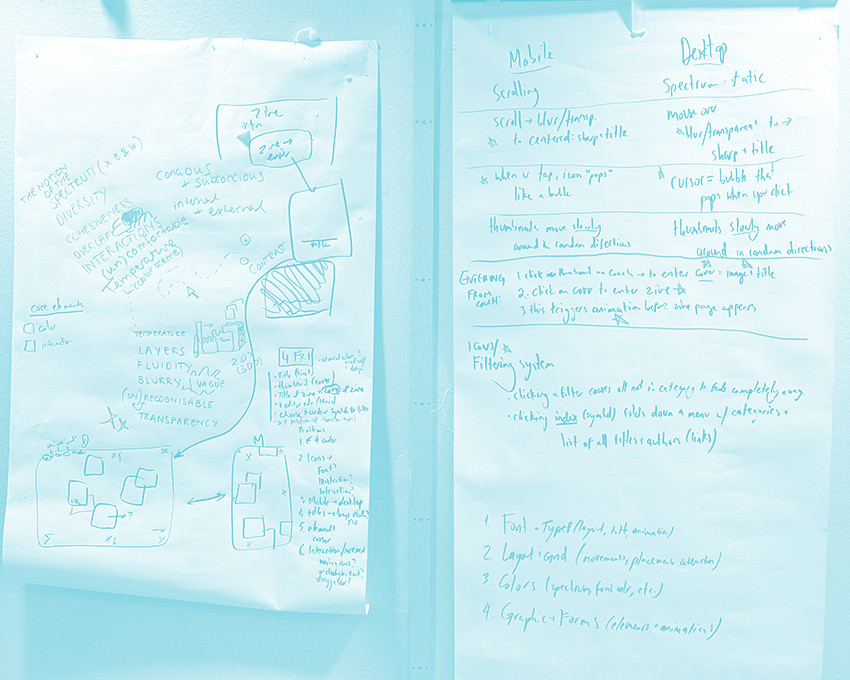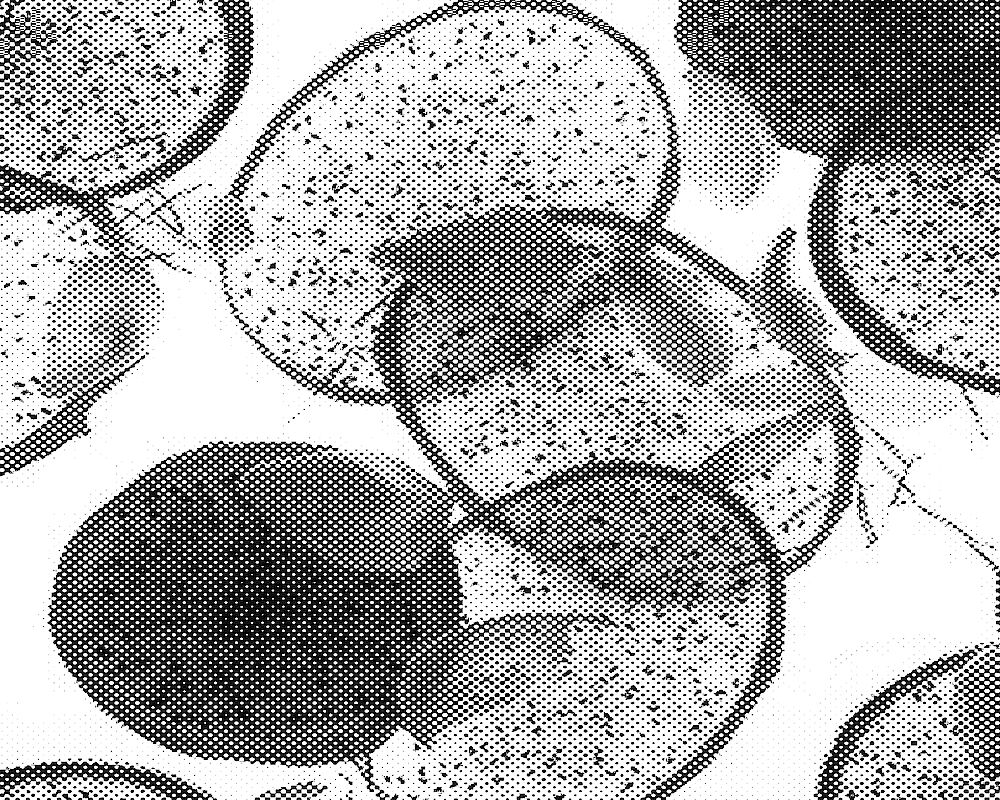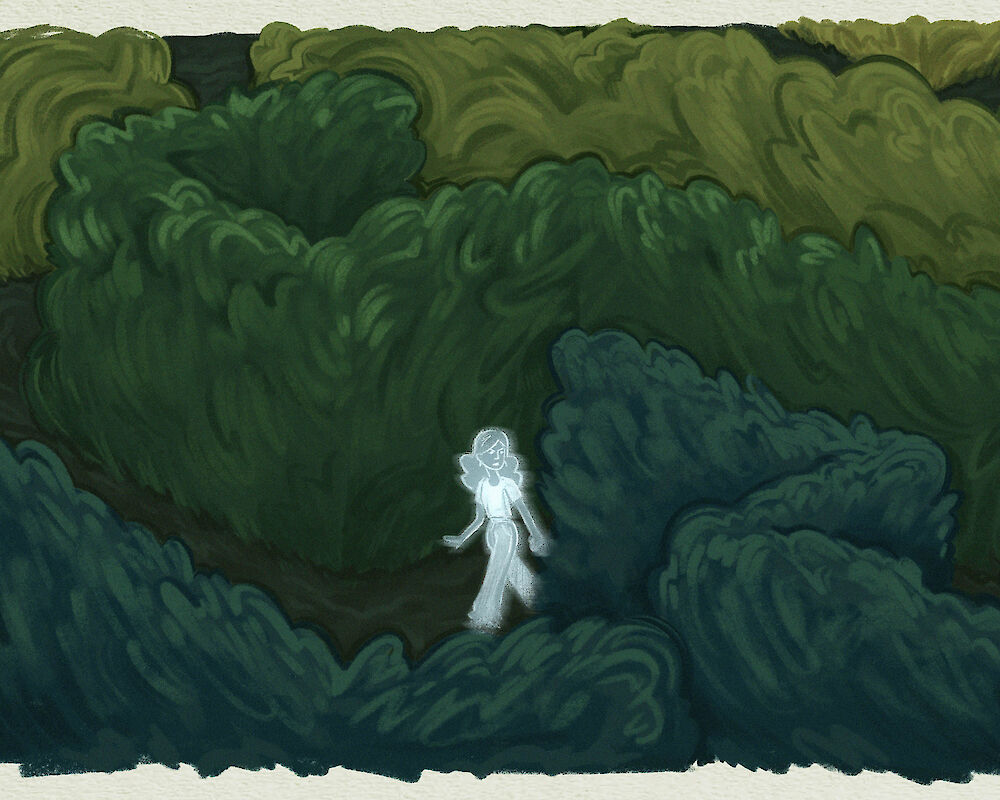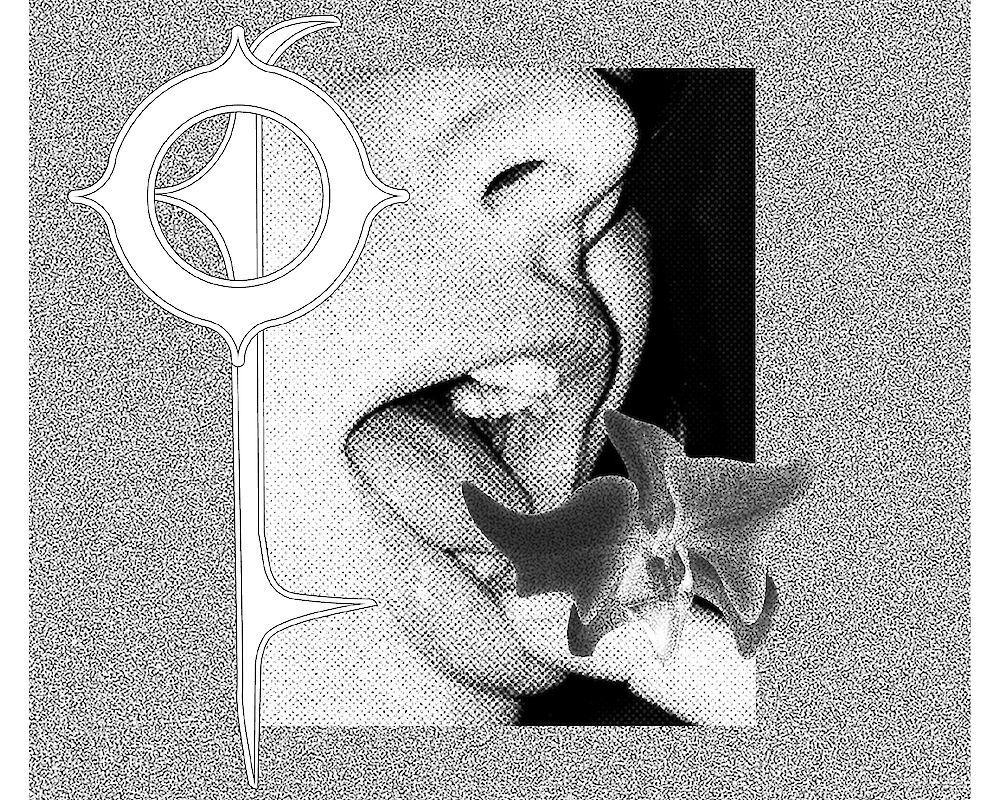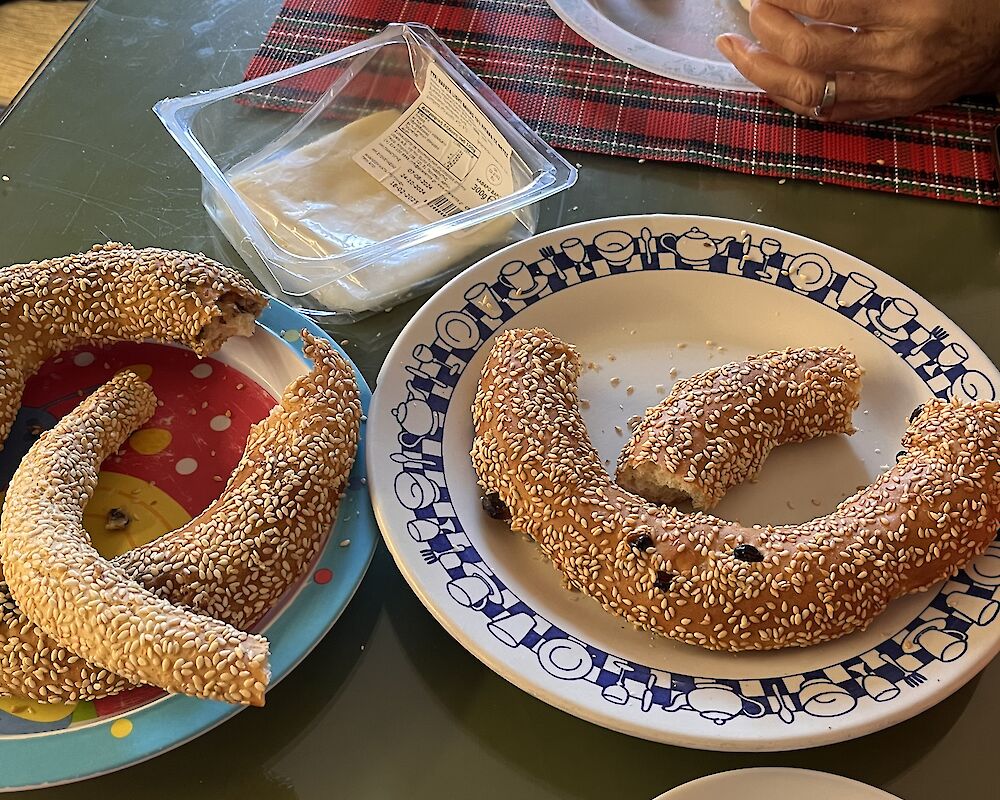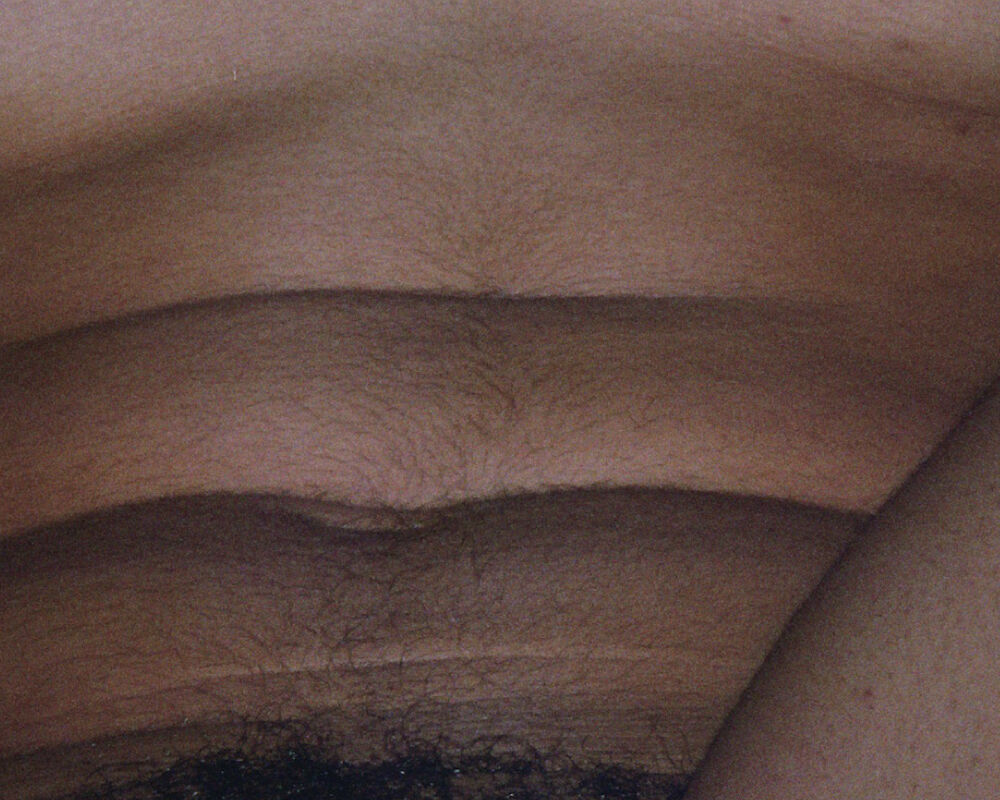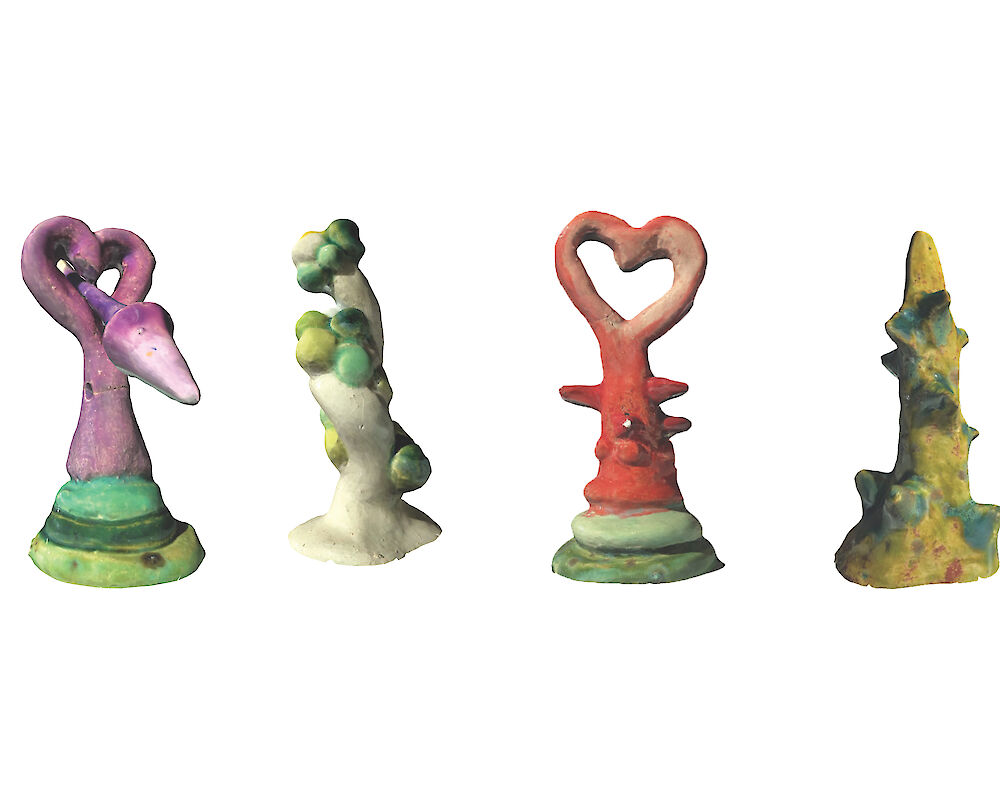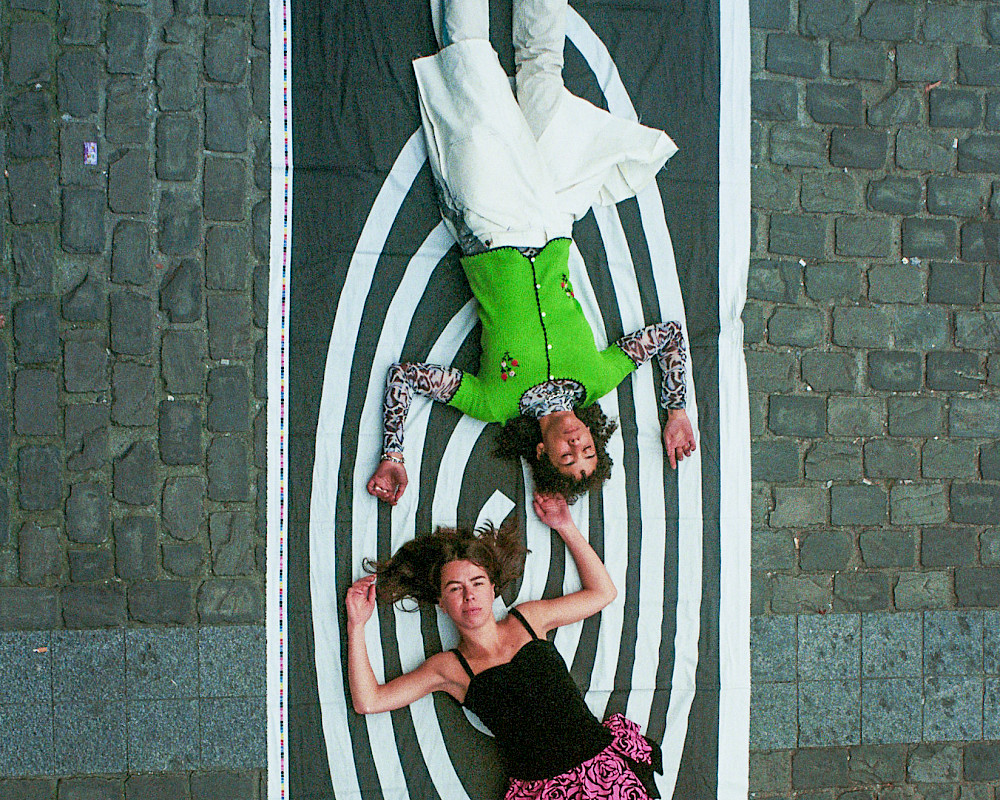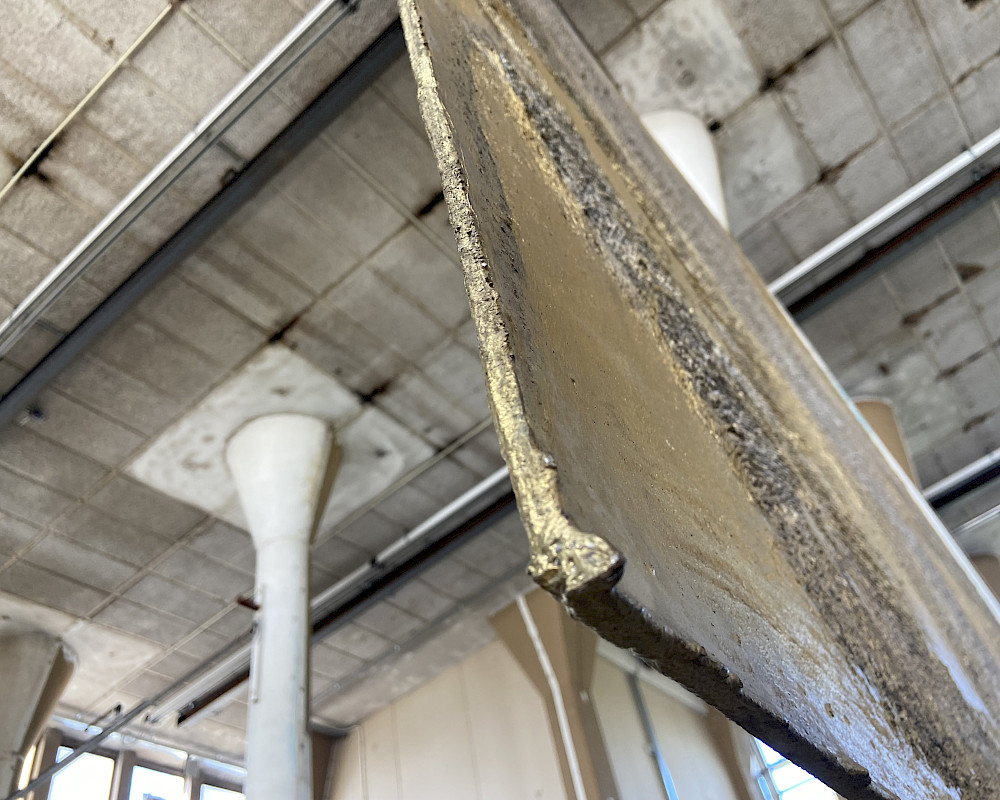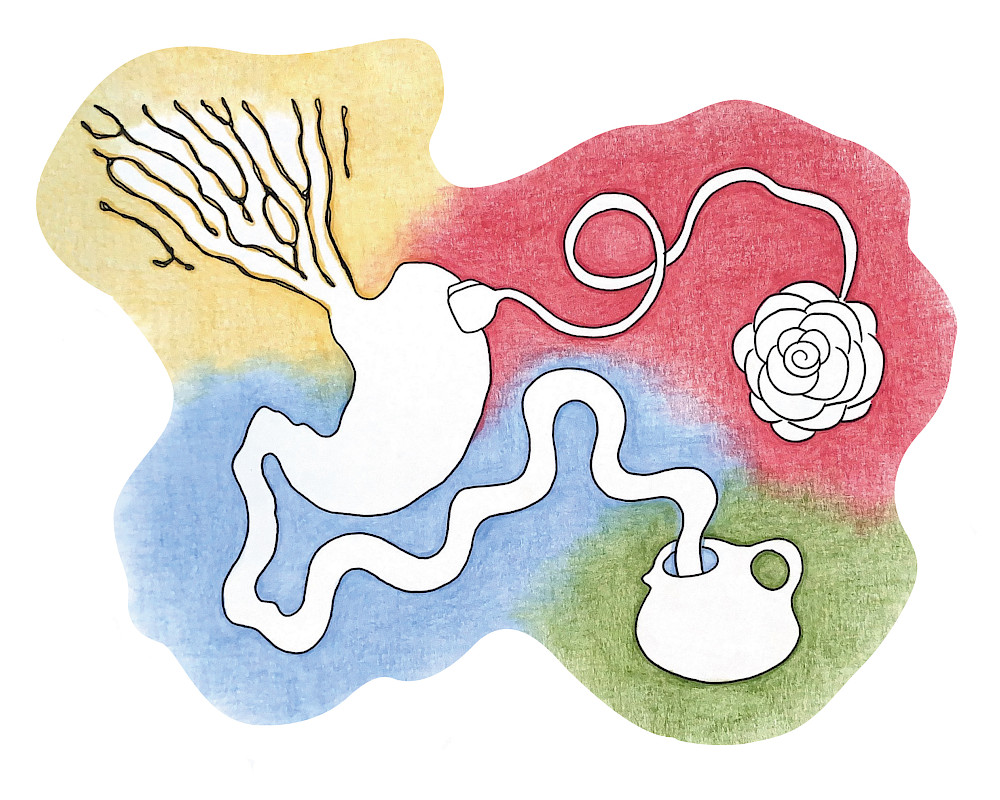essay
How the hero became my problem
Leto Keunen
Leto Keunen is a Belgian designer who explores and reveals the relationship between objects, design and the social realm. In doing so, she focuses on gender narratives, normative frameworks and power structures in public space.
9
min read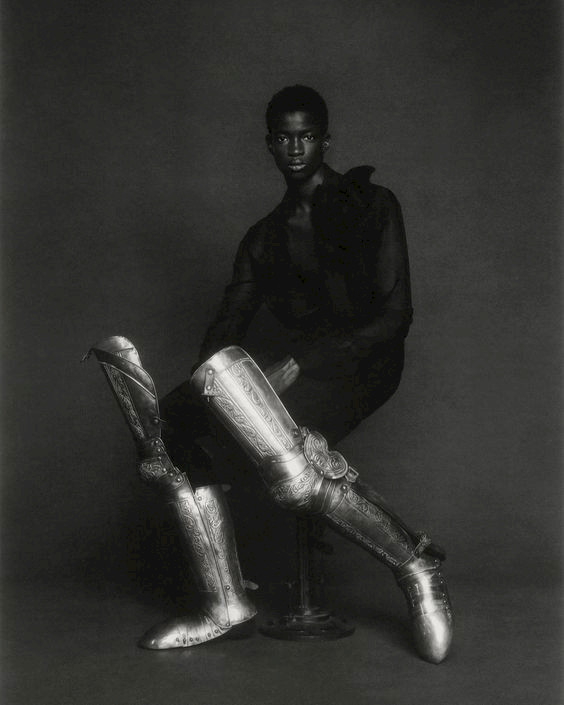
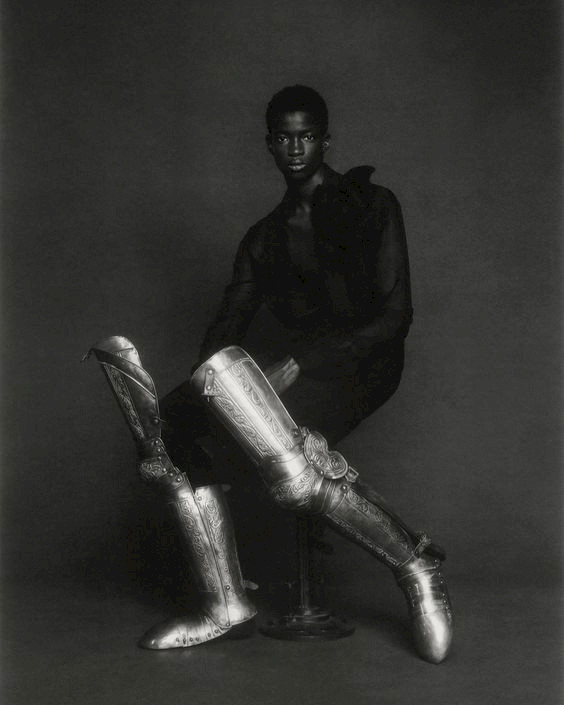
From an early age, I developed my interests with a subtle rebellion against the prescribed likes of boys. From behind my drawing board, I watched my friends go at each other in a fictional game of 'war'. The few times I had a closer look at this game, I would play the 'damsel in distress'. Year after year, this pattern repeated itself, I remained fascinated with how boys played and what they found important in that game: courage, pride and strength. Whether I secretly wanted to play along did not matter, because staying at a distance allowed me to analyse the dynamics of the game. In this way, I soon realized that this was a "boys' game" in which the players mimicked "conflict". As I grew older, my fascination shifted to admiration. Also for me, this knight became an icon of strength and control. The knight—and particularly his armour—became the metonymic representation for the performance of masculinity in situations of conflict.
It was not only in innocent children's games that strength proved to be the path to success. After all, the inspiration for this has historical value: a male hero—in shining armour, fist raised—gallops valiantly towards an enemy army. After his glorious victory, he is praised with loud cheers and shouts for his fearless courage that led everyone to success. “The knight” is depicted in medieval war stories as the ideal example of how one should handle a conflict: fearless and determined but nevertheless carefully conceived. Over the years, we have maintained this image of the perfect soldier, who is now characterised by strength and rationality. However, rationality and brute force are only one example on how to tackle a conflict. This one-sided perception not only creates normative ideals, but it also denies any form of emotions in conflict situations. Drawing on this, I wonder if there is a way to create a new perspective on conflict? Can we shift this perception of the knight to a plurality of perspectives on how defence mechanisms can be applied? Or rather, can we work towards a fluidity within defense?
The performative manner through which conflict manifests itself also has an influence on how we as people cope with our internal conflict situations. This fixed image of conflict and defense has preformed us and has constructed a metaphorical armour based on values of rigidity. I find an example of this normative effect through my own experience. At the age of five, I learned how this fearless chivalry ideal was the appropriate response to an external threat. Unconsciously, I internalized this response forming a foundation for my personal defence mechanisms. I yearned to prove that I could be as tough and fearless as the men around me; to show that I too could be part of that (masculine) ideal image that radiated power. I applied my year-long observations to my own behavior. At that time, I had yet to realize the binarity in my association "power = masculinity". For, that connotation also implied its opposite, namely that I—identifying as a woman—unconsciously identified my emotions or vulnerabilities with weakness. I was unaware of that, and all the more unaware that, for me, words like "strength" and "masculinity" equated to predetermined values and norms of rigidity, rationality and brute force. In the process, I kept struggling with constantly presenting myself as strong. I surely didn't know it all myself, or did I? But the rigid, rational armour I was wearing left no space for complex emotions or doubt.
These identity stereotypes not only influence our perception in a performative way, but they are also historically supported by a material imagery culture, in which qualities are translated into the formal language of objects. In other words, the ideal of chivalry is embodied by armour. This armour translates moral values into physical characteristics of the male body. As a means of artistic expression, it was used to glorify the masculine symbol. In the All'antica armour (16th century), for example, "athletic bravery" is presented by an imprint of a six-pack in the metal shielding the wearer's torso. The armour thus obscured irregularities in the body's actual anatomy by idealizing it instead. In doing so, it created a symbol of control, discipline and, above all, bodily inviolability (Springer, 2010). In other words, the armour was deliberately intertwined with the “single-handed hero”, the male narrative and the visual culture of war.
Apart from the extremely masculine themed armours such as the All’antica armour, we can draw upon examples of how the theme of “fluidity in defence” relates to the material form of armour. The concept of hybridity can be found in the tournament or ‘jousting’ armour (1580-1590) that is known for its continuous metamorphoses. Accessories and separate plates of armour are created for specific purposes or events. Accordingly they are placed on, or removed from, the body. In this way we can see a more hybrid understanding of what is needed for each type of conflict (Springer, 2010).
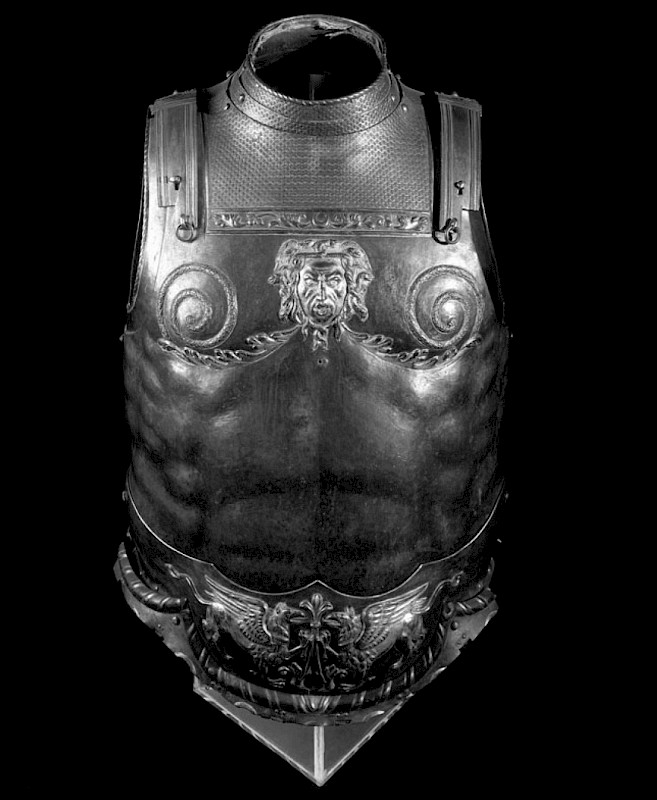
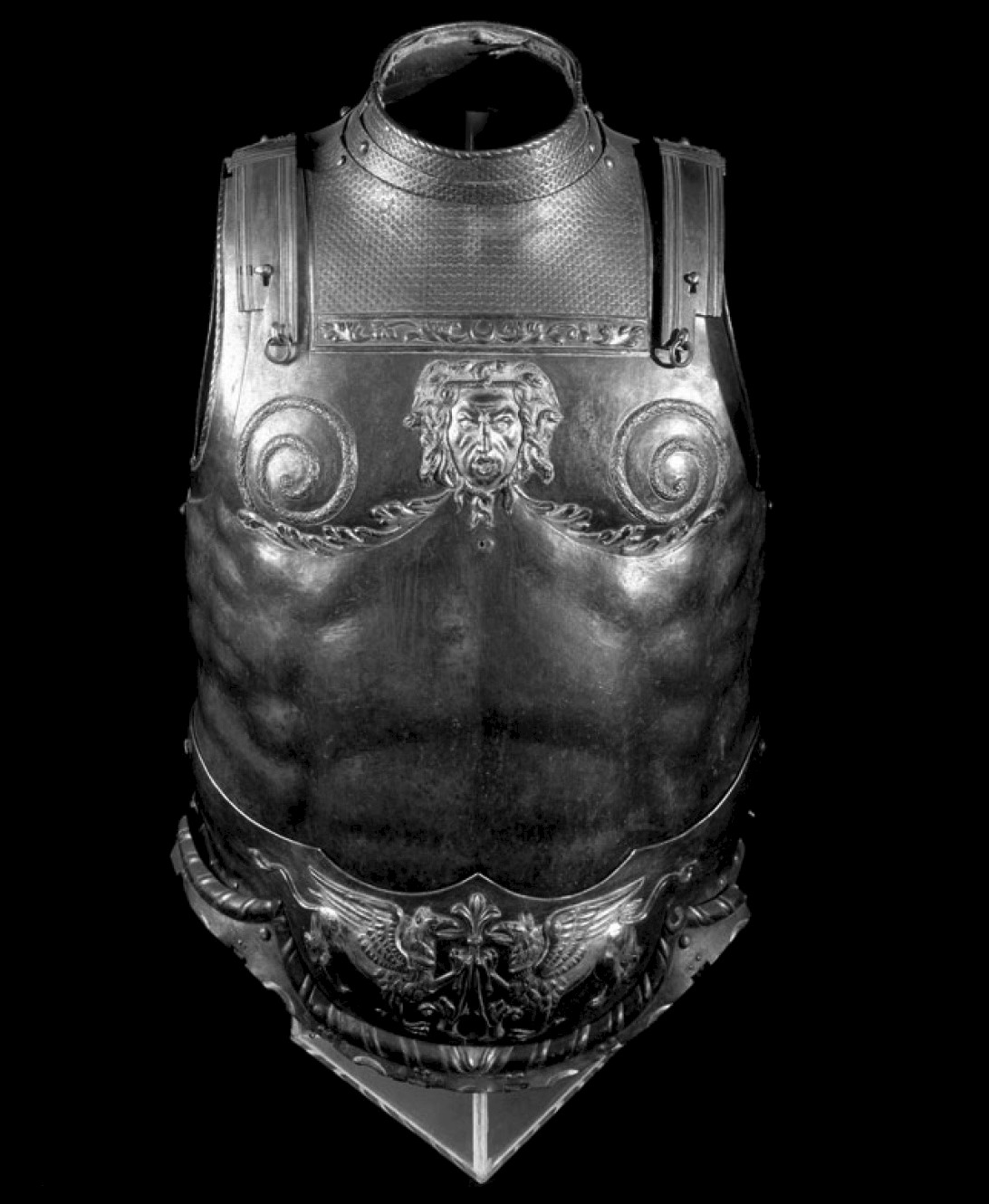
Furthermore, we can also find hybrid alternatives to the dominant machist statements in medieval literature. In 1150, a knight's feelings of love were considered "feminine behaviour" and a "lack of virility". A man's fighting ability would be affected if he fell in love because it made "the mind feminine and the body weak" (Maso, 2010). However, the 'amour courtois', sung by the troubadours of the 11th and 12th centuries, tells a different story about love. This "courtly love" was an illicit and secret relationship consisting of a platonic bond between partners. The woman stood above the man and made him feel that he could lose her. This caused him to live in permanent limbo and perform all kinds of heroic deeds to be worthy of her. The noble knight found himself in opposing feelings that made him swing between two polarities: "sweet sorrow" or " pleasing torture" (Fisher, 2023).
Normative ideals of rigidity and power addressed at the beginning of the text seek to capture concepts of conflict in opposites (emotion is feminine, rationality is masculine). By contrast, amour courtois leaves room for complex, questionable and even hybrid emotions. Whereas previously the knight was a weapon in battle, here he is presented as a human being with emotions. By focusing on the knight's ability to love, supported by the material form of the continuously changing tournament armour, we offer new ‘definitions of defense' on which to draw. These definitions, in turn, can help deconstruct normative ideals. The result is a playing field where new and old definitions can alternate and where a space is created to reflect on the alternatives. Within this space we can create a new metaphorical armour, that would consist of different layers of perspectives where strength and vulnerability overlap. Not absolute truths, nor opposites but the questioning of the material character of the armour in relation to its representation of conflict.
Returning to my own experience, I can admit that the narrative of the hero continues to influence my own ways. I am stuck in an internal battle, constantly subjecting myself to personal expectations and constraints. My own metaphorical armour is also constructed out of absolute definitions of strength and leaves no room for vulnerability. Yet this alternative story of courtly love shows a softer side of the knight and a new perception of conflict. There is still a long way to go until I fall back on this 'fluid armour' when faced with internal or external conflicts. But we can already start by deconstructing the existing armour and dismantling the foundations from which it is built. Perhaps in this way we will learn that ideas about masculinity and defence are not static; but that they are fluid and evolve over time.
REFERENCES
De Anti-Oedipus: “woke philosophy”? (n.d.). https://www.rektoverso.be/artikel/de-anti-oedipus-woke-philosophy
Garcia, D. (2023). She has many names [Museum brochure]. M HKA, Antwerpen, Belgium.
Ho, J. H. (2018). Fetishizing masculinity [Master Thesis]. Design Academy Eindhoven.
Hooks, B. (2003). The Will to Change: Men, masculinity, and love. https://ci.nii.ac.jp/ncid/BA82254092
Les Couilles sur la table. (n.d.). Ce que le patriarcat fait à l’amour. https://open.spotify.com/episode/7G7XTdKp1kgQE4FibRkaYd?fbclid=IwAR2YIEr5PyY3vfUeJ2achy2Q0BHnpuyEpgvwyfTeQljWNjVIlfScb5zvcpY
Linton, M. A. L. (n.d.). Medieval Armour. https://www.1066.co.nz/Mosaic%20DVD/library/Medieval%20Armour.pdf
Maso, B. (2010). Het ontstaan van de hoofse liefde: de ontwikkeling van fin’amors, 1060-1230.
Ono, Y. O. (1972). The feminization of society. The New York Times. Retrieved February 3, 2024, from https://www.nytimes.com/1972/02/23/archives/the-feminization-of-society.html
Palliser, D. M. (2017). Armour of the English Knight, 1400–1450, by Tobias Capwell. The English Historical Review, 132(555), 360–362. https://doi.org/10.1093/ehr/cew432
Solnit, R. (2017). The mother of all questions. https://www.thriftbooks.com/w/silence-is-broken-reports-from-the-feminist-revolutions_rebecca-solnit/9922668/
Springer, C. (2010). Armour and masculinity in the Italian Renaissance. https://doi.org/10.3138/9781442685765
Standaard.Be. (2023, June 14). Waarom vooral mannen geweld plegen. De Standaard. https://www.standaard.be/cnt/dmf20230613_95900980
Vandermassen, G. (2023, November 22). Jongens hebben het even moeilijk als meisjes. De Standaard. https://www.standaard.be/cnt/dmf20231121_96815071
Visser, Y. (2023, October 6). Hoofse liefde en fin’amor. Historiek. https://historiek.net/hoofse-liefde-en-finamor/142627/
When the Hero is the Problem | Essay | Rebecca Solnit. (n.d.). http://rebeccasolnit.net/essay/when-the-hero-is-the-problem/
REFERENCE IMAGES VIDEO
Linton, M. A. L. (n.d.). Medieval Armour. https://www.1066.co.nz/Mosaic%20DVD/library/Medieval%20Armour.pdf
Palliser, D. M. (2017). Armour of the English Knight, 1400–1450, by Tobias Capwell. The English Historical Review, 132(555), 360–362. https://doi.org/10.1093/ehr/cew432
Jousting Armor (Rennzeug) and Matching Half-Shaffron | German, probably Dresden or Annaberg | The Metropolitan Museum of Art. (n.d.). The Metropolitan Museum of Art. https://www.metmuseum.org/art/collection/search/22907

